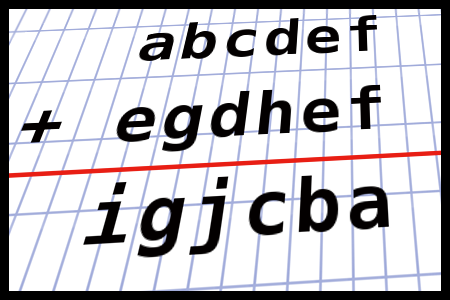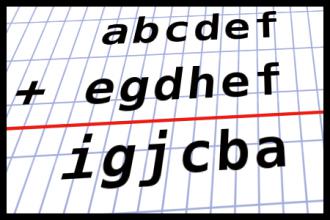Determine the value of the number EGDHEF
Determine the value of the number EGDHEFCorrect answers: 25
The first user who solved this task is Sanja Šabović.
#brainteasers #math

Alien Abduction
Harry, Bill and Steve are sitting at the corner bar enjoying themselves, when Ted walks in looking distressed.
"Ted, you look awful. What's wrong?" Harry asks.
Ted says, "Last night I got really drunk, and then somewhere between here and my house, I was abducted by an alien?"
Everyone is shocked. "I heard about this kind of thing happening!" Bills says. "What did the alien do to you?"
"I don't remeber all the details," Ted says. "All I remember is being anally probed by the alien."
Everyone is horrified. "I heard that they'll do that!" Steve says. "What did the alien look like?"
Ted responds, "Carl."
"Ted, you look awful. What's wrong?" Harry asks.
Ted says, "Last night I got really drunk, and then somewhere between here and my house, I was abducted by an alien?"
Everyone is shocked. "I heard about this kind of thing happening!" Bills says. "What did the alien do to you?"
"I don't remeber all the details," Ted says. "All I remember is being anally probed by the alien."
Everyone is horrified. "I heard that they'll do that!" Steve says. "What did the alien look like?"
Ted responds, "Carl."

